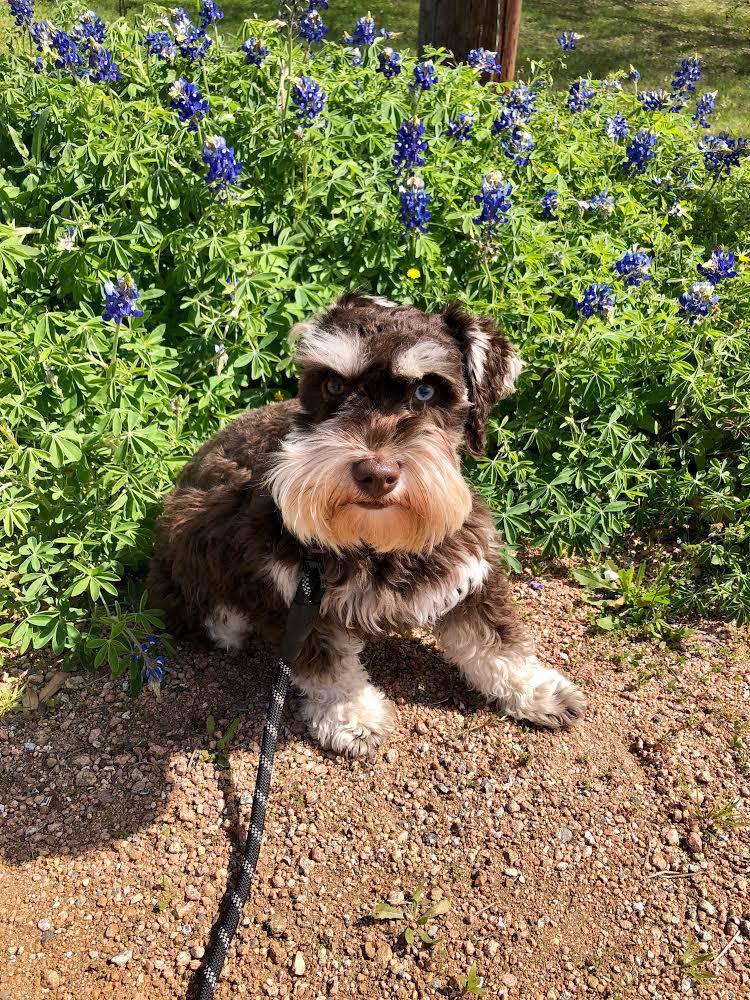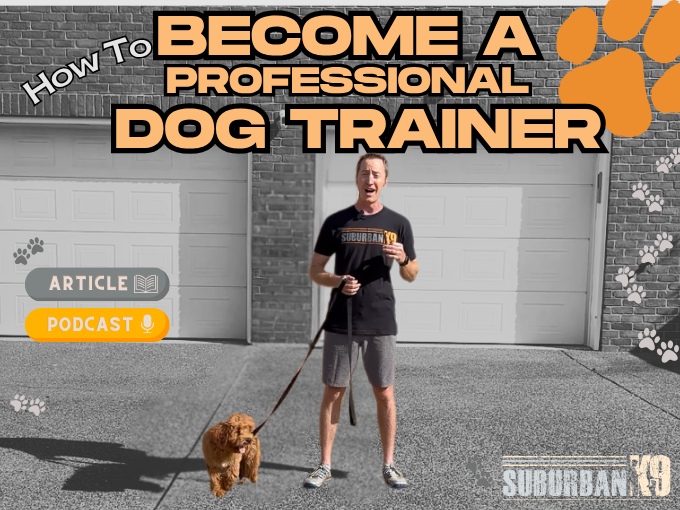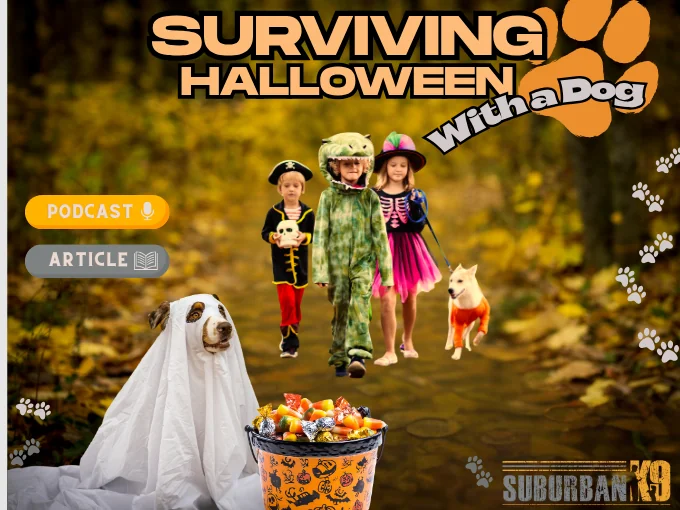Leash aggression is one of the most common issues that we deal with as trainers. Unfortunately, a dog with leash aggression is severely limited in their ability to enjoy life to the fullest. Can you imagine going through life with the stress of wanting to lunge and bark at every member of your species that you pass? With a little training and patience you and your dog can have a much happier life!
The vast majority of dogs that growl, bark, and lunge on leash are not aggressive dogs. Their leash issues are usually caused by frustration or fear and are exacerbated by walking in an excited state of mind. When the dog feels high levels of frustration from being restrained by the leash and collar, they often feel the need to lash out. This is why I have coined the term Leash Frustration and generally use it instead of the term leash aggression.
To overcome this issue I start by teaching the dog to walk in a calm relaxed state without other dogs around. This entails training the dog to walk at my side (never ahead) with their attention on the road ahead. It is very important that the dog’s brain is not in prey mode (constantly looking side to side for something to focus on). With the dog on your left side practice making left about turns until the dog slows down for you to turn each time. If you are having trouble teaching your dog to walk properly even without other dogs around please read the following article first. Training your dog to heel
Once the dog walks at your side in a calm relaxed state without other dogs around it is time to start practicing passing dogs. The key to success is to create your own training situations. When you pass a dog on the sidewalk and your dog barks or acts out the other dog generally keeps walking and leaves. Your dog showed an undesired behavior and then the other dog left. In the dog’s mind the behavior worked! The process is repeated and reinforced day after day. This is the main reason that many owners never conquer the issue. The biggest change that you need to make is to make your positive interactions with dogs drastically outweigh the negative interactions. I achieve this by utilizing friends, family members, and neighbors that have dogs. This way we can work for as long as we need to without the other dog leaving.
Before you pass a dog make sure you know what will cause your dog to go over their threshold. In this context their threshold is the point at which they transition from a calm dog to a stressed and aggressive dog. The goal is to press the boundaries and make progress with your dog without letting them cross over their threshold. If your dog generally lunges anytime a dog is within 10 feet you may need to start the training process at a distance of 20 feet.
Start your training by walking your dog until they are in a calm state of mind. Once ready have the other dog standing still at the threshold distance, walk past the other dog while keeping your dog moving and looking forward. Never stop walking or yell at your dog, it only makes the issue worse. As you pass the dog keep walking until your dog is calm and focused forward. If he keeps looking back at the other dog give short tugs forward along with verbal encouragement until you break his attention. When your dog is calm, turn and walk back past the other dog. Your dog should never be ahead of you, so make sure to focus on keeping him in position. Remember that it is much easier to keep a dog at your side than to try to get him back after he gets too far forward! Every time your dog turns to look at the other dog you should be trying to break his focus. Successfully performing this technique is more of a dance than it is training.
Each time you walk past another dog without your dog showing aggression will get you one step closer to success. Once your dog is able to pass other dogs at the threshold distance you will simply decrease the distance slightly. As you continue in the process you will get closer and closer until you are able to pass within a few feet of another dog.
Remember that every dog is different and therefore their training could take longer or shorter than another dog. Training is not a race, it is a journey! Make sure that you have good instruction, lots of motivation and plenty of dogs to practice around. If you have all three of these things I guarantee you will be able to teach your dog to calmly and happily walk past and with other dogs.
Matt Covey
Suburban K-9
Elgin, Il



